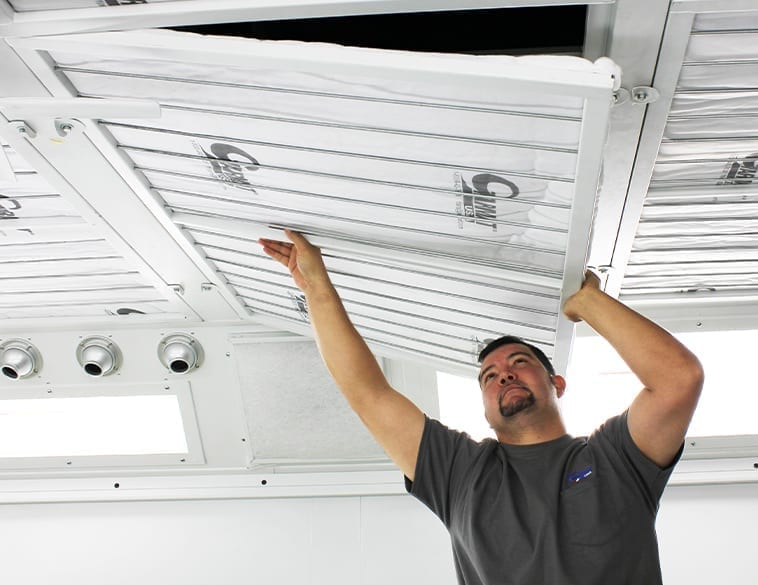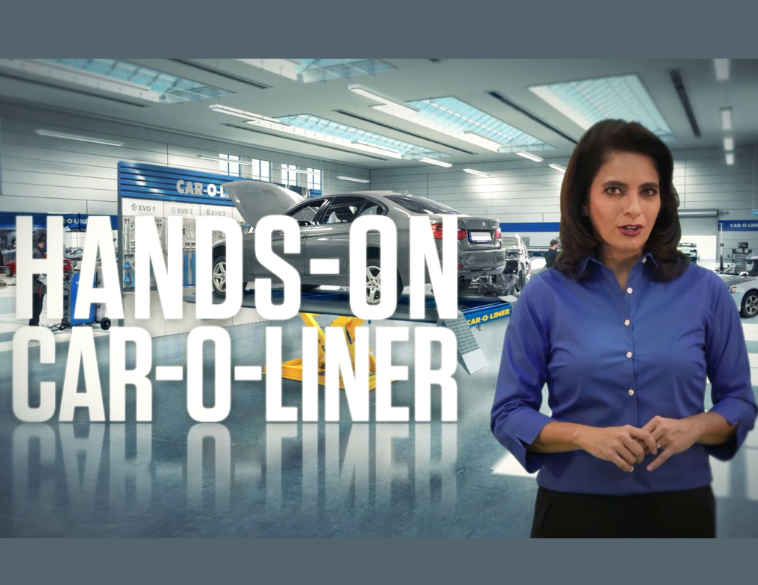For many collision repair facility owners and managers, it is hard to find any positive aspects to this COVID-19 pandemic, but maybe this downtime is the perfect moment for them to focus on how they can improve their shop processes and operations, away from the usual constant attention to cycle time, length of rental and vehicle throughput.
There clearly is an opportunity to retain valued technicians and team members while increasing the efficiency and performance of facility when the vehicle volume returns.
“We are thinking of all of the collision repair shop owners, managers and technicians around the country as they deal with this health and economic challenge at work and at home,” said Farzam Afshar, CEO of VeriFacts Automotive. “No one wants to face declining car counts and repair volume, but if there is a silver lining to all of this, it does provide an opportunity to focus on how you can improve your business during the downtime.”
As the government has deemed automotive repair as an “essential” business, shop owners across the country are working hard to change their business practices to reassure customers of their health and safety when getting their vehicle repaired. Many of these practices, like shop cleanliness and customer service enhancements, will have a lasting impact on shop operations.
Here’s some guidance for shop owners and managers on how to improve their businesses during this downtime.
- Facility Maintenance and Spring Cleaning– With a lower car count, now is a good time for a thorough cleaning of the entire facility. Clean and sanitize all walls, counters, surfaces and floors. Consider interior and exterior painting to give everything an updated, fresh look – a project your team members may tackle while they aren’t as busy repairing vehicles. And now that the shop is clean, it’s an ideal time to explore opportunities to keep it that way, such as a dustless sanding system.
- Equipment Maintenance– This is an ideal time to perform the annual maintenance on equipment and tools and make needed repairs. If it’s time to replace equipment, now is a good time to negotiate with equipment suppliers to make those purchases. It is imperative that you research and purchase equipment and tools that are OEM approved based on the mix of vehicles your facility repairs.
- Inventory Management– Conduct physical inventory of all of the supplies, parts and materials you have in stock and determine how to order and use more efficiently. Make sure equipment is correctly inventoried so you can accurately depreciate on your financials.
- Organize Parts and Supplies– Tired of searching for parts or looking at a messy supply room? There are a variety of shelving, rack and cabinet system that make finding the products needed for each job easy and efficient. It’s important to add a tracking system so as parts and supplies are consumed, they are re-ordered promptly, thus reducing delays on repairs.
- Paint Department Improvement and Cleaning– The paint booth is the vital part of the body shop, but if it isn’t taken care of, breakdowns can be costly. Deep clean the booth and remove overspray, change filters, clean pits and update lighting. Reapply booth coating or sand down and repaint inside and out. Consider adding a booth wrap on the inside walls and floors to make future cleanup easier. Also look at improving air movement for waterborne paint conversion. This may be the time to consider upgrading from your current booth to one that is more efficient to operate. If the paint room and all of the equipment in it is splattered and spackled, that’s potential contamination and debris that could get in your paint and mar your paint jobs. This is a perfect opportunity to work with your paint partner to look at new paint systems that make it more organized and efficient, as well as adding wall containers for cups, lids and liners and counter surfaces that are easier to clean up. Reducing the painter’s time in the mixing room delivers more profitability in the paint department!
- Shop Process Improvements– Are there bottlenecks in the workflow in your shop? Are you wasting time moving cars around rather than repairing them? An evaluation of your shop layout and repair process can identify new opportunities to improve how vehicles move through the repair process in your shop, increasing efficiency and decreasing unpaid time. From streamlining the workstations for each step of the repair process to vehicle tracking systems to implementing parts bins or carts, simple changes can add up to big returns. Most paint company provide this service.
- Employee Training– Technicians and team members frequently complain about lost work time due to training, so now is the perfect time to participate in online training and coaching programs. Some companies provide virtual coaching and support to shops, which complements online training classes and webinars from suppliers like your paint, equipment and materials partners.
- Employee Reviews– A key factor in retaining and growing team members is feedback and career pathing. Annual or ongoing reviews often get put on a back burner in busier times, so this an ideal opportunity to conduct reviews with your employees, get their feedback and map out how to grow together.
- Year-End Financial Evaluation and Budget Planning– As you close your books on 2019, this is the time to conduct a thorough financial review with your accountant. If you’re part of an MSO, review your financial plan with your peers and field operations team. Together, you can identify where you could cut costs and spend more efficiently, as well as evaluate how you can recover typically lost revenue through better repair mapping and tracking.
- Manage Your Parts Orders and Vehicle Intake– During this pandemic time, a collision repair facility is looking to take any jobs in. Make sure you verify parts availability before you disassemble drivable vehicles to ensure you can get the parts to repair them in a timely manner.



